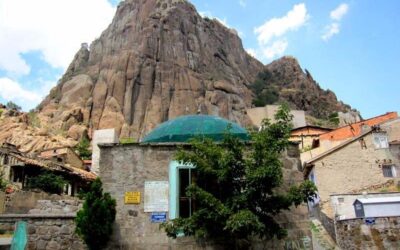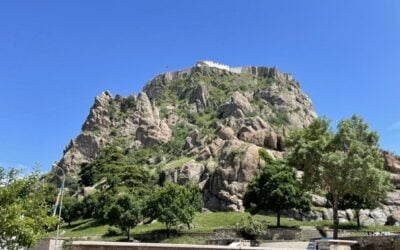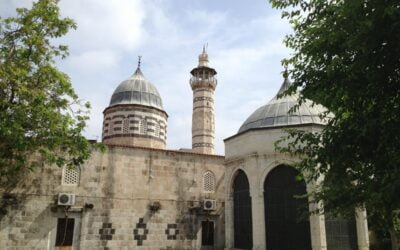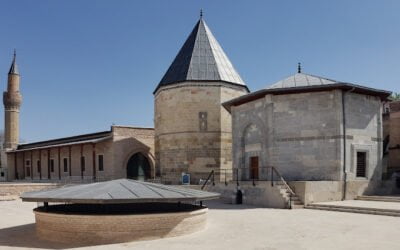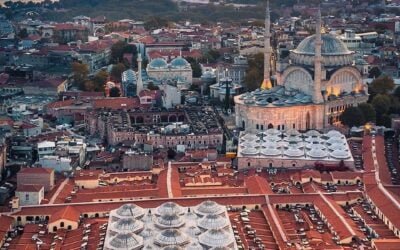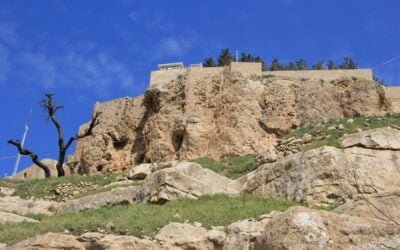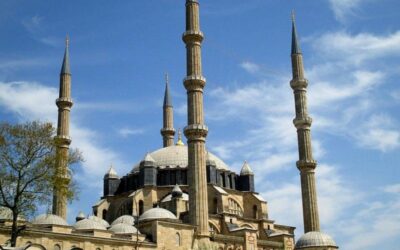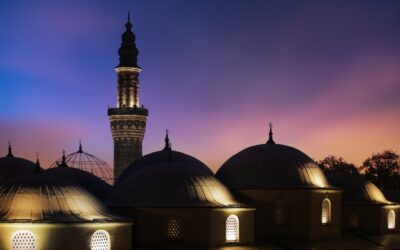Hagia Sophia Mosque
- Hagia Sophia, an important Byzantine structure in Istanbul and one of the world’s great monuments This architectural marvel displays 30 million gold tiles throughout its interior, and a wide, flat dome which was a bold engineering feat at the time it was constructed, it was built as a Christian church in the 6th century CE (532–537) under the direction of the Byzantine emperor Justinian I. After the Fall of Constantinople to the Ottoman Empire in 1453, it was converted to a Musjid by Mehmed the Conqueror and became the principal Musjid of Istanbul until the 1616 construction of the Sultan Ahmed Musjid. Upon its conversion, the bells, altar, iconostasis, ambo, and baptistery were removed.
- The building reflects the religious changes that have played out in the region over the centuries, with the minarets and inscriptions of Islam as well as the mosaics of the Christians.
- The complex remained a Musjid until 1931, when it was closed to the public for four years. It was re-opened in 1935 as a museum under the secular Republic of Turkey, and the building was Turkey’s most visited tourist attraction as of 2019.
- In July 2020, the Council of State annulled the 1934 decision to establish the museum, and the Hagia Sophia was reclassified as a Musjid. The 1934 decree was ruled to be unlawful under both Ottoman and Turkish law as Hagia Sophia’s waqf, endowed by Sultan Mehmed, had designated the site a Musjid; proponents of the decision argued the Hagia Sophia was the personal property of the sultan. The decision to designate Hagia Sophia as a Musjid was highly controversial. It resulted in divided opinions and drew condemnation from the Turkish opposition, UNESCO, the World Council of Churches and the International Association of Byzantine Studies, as well as numerous international leaders, while several Muslim leaders in Turkey and other countries welcomed its conversion into a Musjid.

